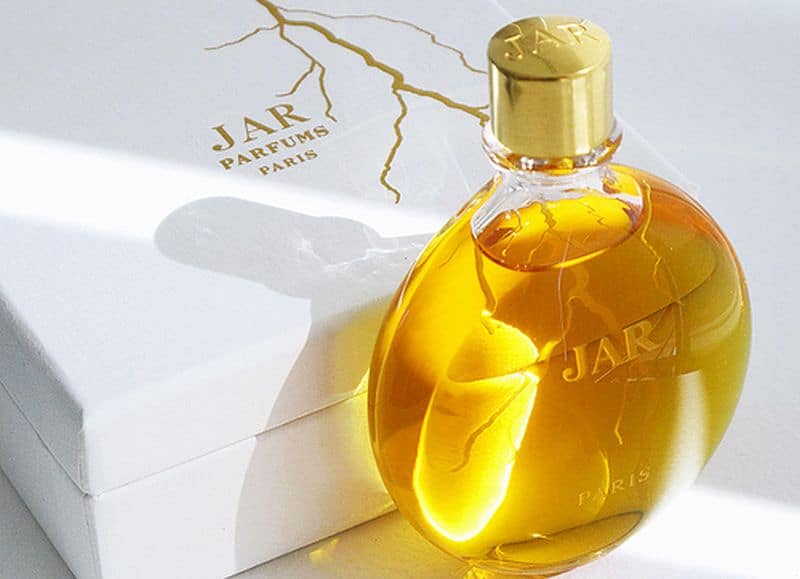The healthcare industry is constantly working to improve patient outcomes, and patient engagement has become a key part of this process. It’s well understood that patients who are more involved in their treatment often experience better health outcomes at lower costs. This involvement means patients fully understand their conditions, the treatments available, and how to manage their health. The move towards patient-centered care highlights the importance of patient engagement as a key factor in creating a more efficient, effective, and compassionate healthcare system. Yet, achieving optimal patient engagement faces significant challenges.
This article examines the complex obstacles to effective patient engagement, which range from individual issues like patient education and literacy, to broader systemic problems such as access to care and technological barriers. Rather than just highlighting these difficulties, we will explore possible solutions to overcome them, such as the use of patient engagement software. In our search for stronger connections between healthcare providers and patients, we will look at innovative strategies promoting education, better communication, technology access, and care models redesign to meet patient needs.
Lack of Patient Education
Healthcare providers increasingly see how educating patients plays a central role in engaging them. Without it, patients may not fully understand their conditions, treatment options, or why following care plans is important. Providing clear and accessible information is vital for patients to make informed decisions and actively manage their health. This goes beyond just giving out pamphlets; it requires tailoring educational programs to each patient’s needs.
Using various strategies like simple language and visual aids can help bridge the education gap. Following up to ensure understanding is also important. When patients grasp their health better, they’re more likely to stick to treatments and feel more satisfied with their care. So, patient education isn’t just nice to have—it’s essential for better health outcomes.
Communication Barriers
To promote successful patient engagement, healthcare providers need to manage various communication challenges. Language barriers pose a significant obstacle, often hindering clear information exchange. Similarly, cultural differences can influence how people understand health information and interact with medical professionals. What’s more, limited health literacy, which involves not only reading but also understanding and acting on health information, affects communication effectiveness. Using clear and concise language is essential for healthcare providers to address these issues.
Alongside cultural sensitivity, this approach helps establish a supportive dialogue that recognizes and respects patients’ backgrounds. Providing educational materials that are user-friendly for patients with diverse needs is also necessary. This approach to improving communication has the potential to enhance patient understanding and engagement in their care.
Limited Access to Care
Obstacles like financial struggles, transportation challenges, and lack of insurance prevent many individuals from fully engaging in their healthcare. Healthcare providers must acknowledge these barriers and actively seek solutions. Telehealth services offer a way to overcome geographical and transportation limitations by enabling patients to access care remotely. Establishing financial aid programs can also alleviate the burden of medical expenses for those in need, making care more affordable and accessible.
What’s more, forming partnerships with community resources can provide patients with support networks. It’s important not only to offer options but also to ensure their availability to those who need them most. Connecting patients to these resources helps bridge the gap between healthcare services and underserved populations, promoting a fairer healthcare system.
Technological Barriers
The integration of technology into healthcare, while beneficial, poses unique challenges, especially for certain groups like older adults or individuals with low technological proficiency. These obstacles can reduce patient engagement due to the complexity of advanced telehealth platforms, patient portals, and other digital healthcare tools. Healthcare providers need to be proactive in identifying patients who struggle with technology and providing them with support.
This support may involve personalized training sessions, easy-to-understand instructional materials, or alternative methods to access health information. Ensuring that patients feel comfortable using modern technology helps them better manage their healthcare and encourages participation across all demographics. When patients feel confident using healthcare technology, they can engage more effectively in their care, leading to improved outcomes.
Time Constraints
Addressing the widespread issue of time constraints in healthcare reveals that providers often struggle to maintain deep, engaging interactions with patients. To address this problem, a focus on patient-centered care becomes key. It requires creating an environment where patients are actively involved in treatment decisions—this collaborative approach ensures that their voices are important to discussions about their health. Opportunities for patients to ask questions and voice concerns must be consciously provided, instilling a sense of agency and partnership.
Such open channels of communication are central to patient-centered care. It’s essential that during these interactions, patients genuinely feel listened to and valued; this not only fosters a trusting relationship but also aligns with the ethos of compassionate care. While time is often limited in healthcare settings, reshaping provider-patient interactions to prioritize these elements can lead to more fruitful engagements, ultimately enhancing overall care quality and patient satisfaction.
Patient engagement is essential for advancing health outcomes and reducing healthcare costs. The identification of common obstacles—lack of patient education, communication barriers, restricted access to care, technological challenges, and time constraints—and the exploration of strategies to address them, highlight the complexity of this issue. Healthcare providers have a responsibility to create a more collaborative environment where patients are empowered to actively participate in their health management. Through dedicated patient education initiatives, improved communication efforts, expanded access to healthcare services, supportive technological interventions, and a commitment to patient-centered care, the path to increased patient engagement is lit.
Article Submitted By Community Writer




